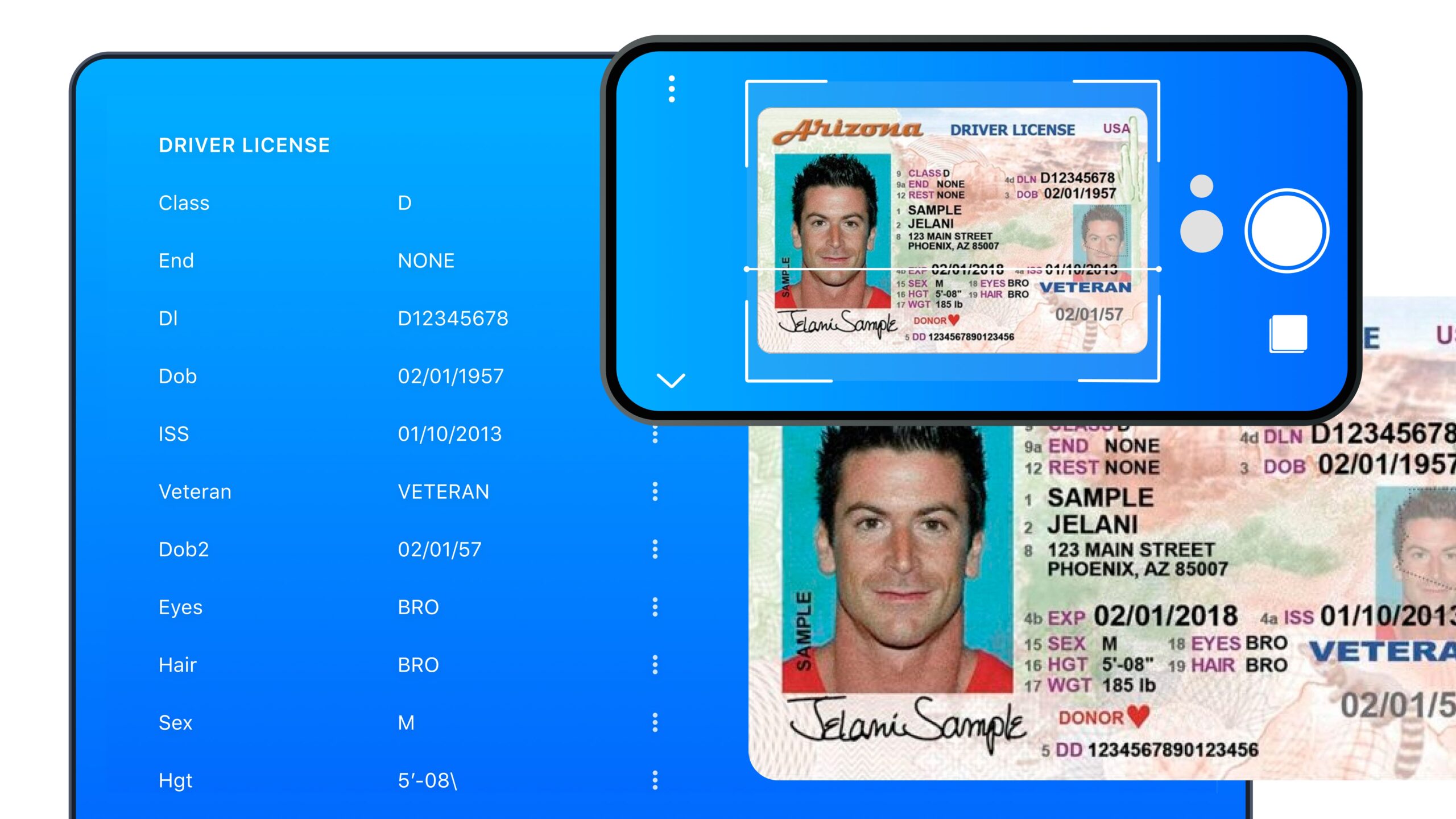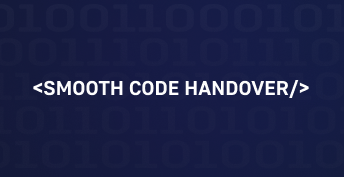Сontinuing our exploration in the fleet industry, our next focus will be on improving document management in this field. In this blog post, we’ll review the importance of the digitizing documents to boost efficiency, and introduce our solution for the rapid digitization of one of the key documents for fleet employees – a driver’s license.
In our previous blog posts (see Fleet Management Software and AI for Fleet Management posts), we have already highlighted the importance of a properly structured document flow for fleet companies. Indeed, document digitization and automation, particularly when integrated with Fleet Management Systems (FMS), offer numerous benefits that positively impact various aspects of fleet business management.
- Streamlined Workflows: Digitizing and automating document processes streamline various workflows, such as data entry, approval processes, and record-keeping. This reduces the time and effort required to manage paperwork.
- Reduced Human Error: Automation minimizes the risk of human errors in data entry and document handling, leading to more accurate records and reduced operational mistakes.
- Cost Savings: By eliminating the need for physical paperwork, companies can save on paper, printing, and storage costs. Additionally, automation reduces labor costs associated with manual document processing.
- Real-time Access to Information: FMS integration allows for real-time access to critical information, such as vehicle maintenance records, fuel consumption data, and compliance documents. This helps make informed decisions quickly.
- Enhanced Compliance: Automation ensures that documents are consistently and accurately filled out, which can improve compliance with regulations, industry standards, and safety protocols.
- Improved Reporting: Digitized data can be used to generate insightful reports and analytics, enabling better decision-making and strategic planning for the fleet.
- Faster Response Times: With instant access to data, fleet managers can respond more rapidly to issues like breakdowns, maintenance needs, or route optimization, improving overall fleet performance.
- Enhanced Customer Service: Faster document processing and real-time tracking can lead to improved customer service, as customers can receive accurate information about the status and location of their deliveries or services (for example).
- Environmental Benefits: Going paperless by digitizing documents is environmentally friendly, reducing the carbon footprint associated with paper production and transportation.
- Scalability: As a fleet company grows, digitized and automated systems can scale more easily to handle increased document volumes and operational complexity.
- Data Security: Digital systems can offer robust security features, including encryption and access controls, to protect sensitive fleet data from unauthorized access.
- Mobile Accessibility: Many modern FMS and document management systems are mobile-friendly, allowing staff to access and manage documents from anywhere, which can be particularly useful for remote work or on-the-road tasks.
At its core, the whole range of advantages that we can get with document workflow automation/digitization includes quick and convenient access to information presented in documents of various types, formats, and volumes.
Moreover, digitizing a document does not always mean simply obtaining a digital copy of it to store on our computer as a file. Instead, we can go further and get a smarter solution, such as the ability to automatically read data directly from a document, and then store this data in a more accessible and organized format. For these purposes, we have recently developed a parser that reads the necessary information from a photo or scan of driver’s license. See below.
In the fast-paced world of fleet management, every second counts. Keeping track of drivers’ information and ensuring regulatory compliance can be a challenging task. To assist businesses with this demands, we have taken another step forward in automating fleet management processes by developing a driver’s license parser.
A driver’s license is probably the number one document when it comes to fleet management. Its data is needed when onboarding new drivers, managing licenses and compliance, maintaining insurance records, tracking the liability, assigning vehicles, and more. That’s why we decided to start with this type of document.
We implemented an OCR (Optical Character Recognition)-based solution as a quick way to get the required data from a photo of driver’s license. This allows the data to be used for various purposes for fleet management. The process is simple: you can snap a photo of a driver’s license using a smartphone or any camera-equipped device; our app then identifies which US state the driver’s license belongs to, and retrieves all the required data for use in other apps.
Yes, the app supports the processing of driver’s licenses from different US states. This is always taken into account when recognizing information. In addition, our solution is capable of processing pictures taken at an angle, in poor quality, and under other undesirable conditions.
Each image goes through a series of enhancements before the data is read. This includes denoising, scaling, increasing contrast and etc. All this in order to ensure the text is read as accurately as possible.
🔧 The tech stack used to develop the Driver’s License Parser includes Python, OpenCV library, OCR Tesseract, JSON, matplotlib.pyplot, NumPy, RE.
Here are some of the advantages our solution offers:
- Efficiency Boost: Say goodbye to manual data entry. Our solution automates the tedious process of data input, saving the fleet team valuable time.
- Error Reduction: Manual data entry can lead to errors. With our OCR-based technology, employees can significantly reduce the risk of inaccuracies in the records.
- Compliance Assurance: Ensure that fleet drivers meet all regulatory requirements by quickly verifying their license information.
- Faster Onboarding: Streamline the onboarding process for new drivers by swiftly collecting and verifying their license details.
- Enhanced Security: Protect the data with digital technology, safeguarding sensitive information.
And of course, with this application we can get most of the benefits from the digitization of document flow that we discussed in the first part of the blog post!
This solution offers numerous applications and scalability options: from organizing scanned data into a convenient table for its further receiving and filtering in a matter of seconds, to full integration with a fleet management system to automate various related processes. Additionally, we plan to enhance this application by incorporating recognition for other types of documents and potentially expanding into other industries.
To summarize, we can say that digitization and then automation of document management in the fleet industry are essential for boosting efficiency, reducing routine tasks for human resources, and minimizing expenses.
Also, ensuring the secure storage of digitized data is crucial for fleet-related businesses, as this information is highly sensitive. To safeguard this data, we implement robust encryption methods both at storage and in transfer, making unauthorized access is nearly impossible. Using secure cloud storage solutions that comply with industry standards, along with regular security audits, provides an extra layer of protection . These processes are essentially for compliance with widely accepted regulations such as GDPR and CCPA, which mandate strict data protection measures and grant individuals rights over their personal information. Adhering to these regulations not only helps in avoiding significant fines but also builds trust with users and stakeholders, reinforcing the company’s commitment to data security and privacy.
In this post, we have seen how many factors can be improved with the introduction of document automation technologies. The parser we developed is one of the ways to achieve significant improvements in efficiency, optimize routine tasks , and reduce expenses. Contact us if you are interested in such type of automation or want to explore more innovative business-oriented solutions. We’re here to help you transform your business operations.








